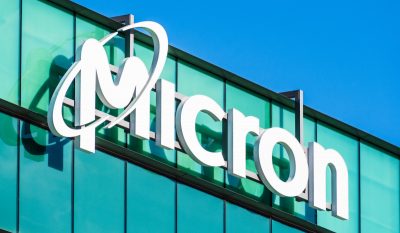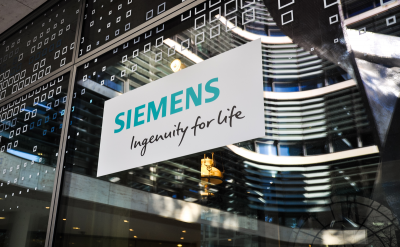Highlights –
- The contribution features a new vision of a “multibrained” server of the future as well as improvements in areas like “trusted” and “reliable” computing.
- As a result of its work on trusted computing, Google teamed up with Advanced Micro Devices Inc., Microsoft Corp., and Nvidia Corp. to develop Caliptra, a new hardware Root of Trust standard.
As part of its dedication to the Open Compute Project, Google LLC today unveiled several significant contributions it has made to open hardware ecosystems.
The business revealed them at the OCP Global Summit in San Jose, California. They feature a new vision of a “multibrained” server of the future as well as improvements in areas like “trusted” and “reliable” computing.
Parthasarathy Ranganathan, Google Vice President and Technical Fellow, said the company’s most recent contributions come at a critical time in systems design when demand for accelerated computing power is growing at an uncontrollable rate. However, he claimed that there are significant barriers to meeting that demand, including the slowing of Moore’s Law, which has led to less significant advancements in central processor unit performance, power consumption, and memory and storage cost savings.
He said that Google has reacted to these realities with several system design advances, including new hardware and data center architecture, distributed computing systems, and custom-silicon accelerators. Ranganathan said, “This is only the beginning. There are many more opportunities for advancements, including closely coupled accelerators for core data center functions to minimize the so-called “data center tax.”
At the Open Compute Project Global Summit, Google presented its notion for a multibrained server of the future that is based on the idea of more modular, decentralized, and distributed systems spanning host computing, accelerators, memory expansion trays, and infrastructure processing units.
According to Ranganathan, “We are sharing the work we are doing with all our OCP partners on the varied innovations needed to make this a reality – from modular hardware with DC-MHS, standardized management with OpenBMC and RedFish, the standardized root of trust, and standardized interfaces including CXL, NVMe and beyond,”
Meanwhile, Google’s work on trusted computing prompted it to team up with Advanced Micro Devices Inc., Microsoft Corp., and Nvidia Corp. to develop Caliptra, a new hardware Root of Trust standard. This, according to Ranganathan, is a reusable intellectual property block of code for a root of trust measurement at the system-on-chip level. It is intended to support new developments in confidential computing and other use cases which require chip-level attestation.
Regarding reliable computing, Google said it had established a new server-component resilience workstream with AMD, Microsoft, Nvidia, Arm Ltd., Intel Corp., and Meta Platforms Inc. Google stated that this workstream would create consistent criteria for silent data corruption and errors that the broader industry may adopt. Google will also contribute test execution frameworks and tools and grant access to test environments with defective devices, allowing a larger infrastructure community to pursue a systems-based strategy for tackling issues related to silicon faults and silent data mistakes.
Last but not least, Google wants to make sustainability a fundamental component of the OCP ecosystem. For that purpose, it will disseminate many of the theories and best practices it has integrated into its systems, enabling it to be carbon neutral since 2007 and powered entirely by renewable energy since 2017. According to Ranganathan, all of this is being done to help Google reach its target of having net-zero emissions from all its commercial operations by 2030.













